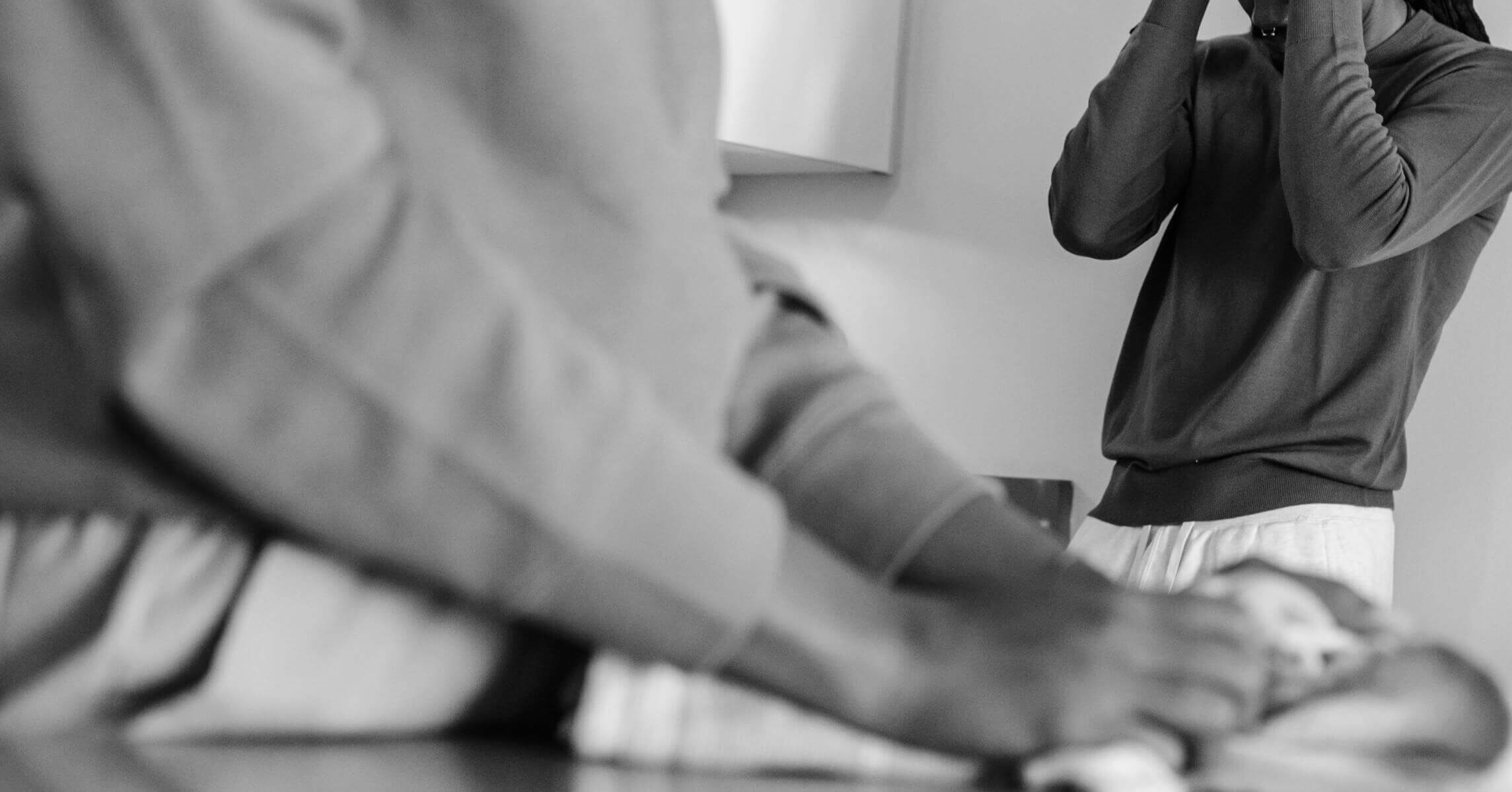Doctors are only required to certify that they do not know that the person has been coerced or pressured by any other person. They are not required to investigate the situation, and indeed they do not have the ability or legal powers to do so. Even if doctors have a lurking doubt they must approve the application. This makes the safeguard of the Bill totally inadequate.
In theory the medical professionals and the judge are supposed to refuse approval if the patient has been “coerced or pressured by any other person”. This test is not clear and seems to impose a very high threshold: coercion, in the context of undue influence and wills, means pressure (such as by threats) that cause the will overborne without the victim’s consent, or, in ordinary language, where the patient actually and clearly does not want this but is scared into pretending to. Pressure is not an established legal concept, but there is a strong chance that long manipulation or an attempt to make someone feel guilty might still not amount to pressure.
Pressure of circumstances, such as lack of funds or an inability to find a care home place, or an inability to obtain the necessary adjustments to live at home, does not seem to be an impediment to assisted suicide, as that would not be pressure “by any other person”.
Further, and very significantly, there is no way in which the system described in the Bill can identify coercion or pressure.
We are starting with the case of a person who is asking for assisted suicide. Even if they have been coerced or pressured into this, they are not likely to volunteer this information to the doctors or the court. It would need to be investigated.
Doctors are not normally expected to assess whether or not someone is being coerced into a decision they do not wish to take. It is not an area of particular medical expertise.
Further because (see point 5 above) both doctors who approve the suicide need to have taken particular qualifications (as defined in regulations) they are likely to be specialists in assisted suicide who have not dealt with the patient at any earlier stage. They will not have an ongoing relationship with them or have any sense of their home life, and they are not going to find in the medical records any indication of the family or social or financial life of the patient that might flag up potential coercion or pressure, or more subtle manipulation.
If this was actually going to be investigated, the doctors would need to investigate the patient’s home life. This would be extremely intrusive and time consuming, and it would require powers to demand information and question friends and relatives. To do this properly, it would look something like child custody proceedings. But not to do this means that coercion and pressure will simply be invisible to the decision makers. If you do not investigate their finances, if you do not look at their will, if you do not question their household, there is no chance of protecting a patient from pressure or coercion. Doctors are not only inexperienced in this sort of process, they do not have the legal powers to do so.
While clauses 7 and 8 require each doctor to assess whether the declaration has been made “voluntarily” and the patient “has not been coerced or pressured… into making it”, Schedules 2 and 3 (the forms the doctors sign) merely state, in relation to the level of intention on coercion,
“To the best of my knowledge, the patient— (a) has a clear, settled and informed wish to end their own life, and (b) made the first declaration voluntarily and has not been coerced or pressured by any other person into making it…”
The terms of the Schedule imply that a doctor can sign it on a very tentative basis, i.e. merely asserting that they are not personally aware of pressure or coercion. This may create the situation where the doctor is effectively encouraged not to make enquiries.
It will be very hard to identify someone who is being manipulated or coerced without asking questions of their wider family and contacts: this is the only way that situations of coercive control or domestic abuse might come to light. It is therefore very concerning that the Bill takes a clear line on confidentiality, making it clear that a patient applying for assisted suicide will not be required to inform other people but can only be advised to consider it.
